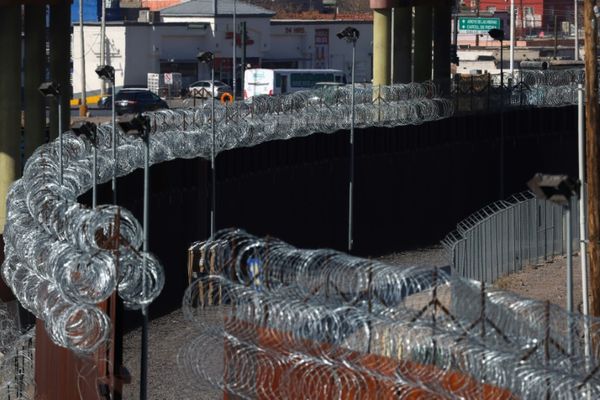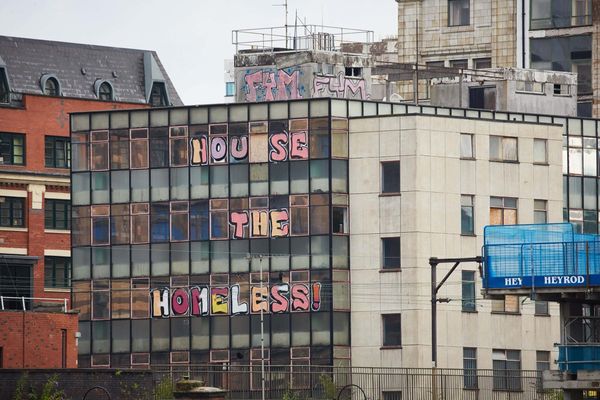One of NSW's largest industrial polluters is set to slash its greenhouse gas emissions by half with a $37 million investment in new technology.
Orica's plant on Newcastle's Kooragang Island manufactures vast quantities of ammonium nitrate to make explosives for the Hunter Valley's coal mining industry.
Each year the plant's chemical process to make nitric acid generates about 1,900 tonnes of the potent nitrous oxide (N2O), a greenhouse gas 300 times stronger than carbon dioxide (CO2).
Orcia says its new emissions reduction technology will reduce nitrous oxide emissions by 92 per cent.
"Basically at the end of our [nitric acid] plant we install this catalyst which turns the nitrous oxide that we generate from our manufacturing process into nitrogen and water," the plant's general manager Paul Hastie said.
"Very similar to how you have a catalyst on the exhaust pipe of a petrol-powered car, which reduces the emissions generated by the car's engine."
NSW government gives $13m grant
The project will be funded by a $25 million loan from the federal government's Clean Energy Finance Corporation and a $13 million grant announced today by NSW Environment Minister Matt Kean.
"This is the first of many major projects to be funded out of our $750 million Net Zero Industry and Innovation Program," Mr Kean said in a statement.
"Orica's new emissions reduction system is expected to cut 567,000 tonnes of carbon dioxide equivalent each year, which is equal to emissions from 50,000 Newcastle homes.
"This is a massive abatement at one of the state's largest heavy industrial sites, which will help New South Wales meet its target of halving emissions by 2030."
The project is expected to be completed by early 2023 and cut overall emissions from the Kooragang Island site by 48 per cent.
Keith Craig from the Stockton Community Group said the announcement was welcome news that was long overdue.
"If you're looking at greenhouse gas emissions it's the worst in Newcastle and globally ammonia plants put out 1 per cent of the world's entire greenhouse gases," Mr Criag said.
"Plus, the ammonium nitrate product is going purely to the coal industry which is creating so many more problems globally when you burn that coal.
"So the whole scenario has concerned the community for many years."
CO2 and PM2.5 concerns
The plant is also a significant source of carcinogenic PM2.5 particles, which a 2016 CSIRO study found were at elevated levels in the nearby suburb of Stockton.
Orica was recently given development approval to install scrubbers in its prill towers which will capture 99 per cent of the fine particles.
Mr Hastie said that project should be completed by the end of 2023.
The plant also produces a significant amount of carbon emissions from the manufacture of ammonia.
Orica is working with Mineral Carbonisation International to develop a pilot plant that it hopes will capture its CO2 emissions and reuse them to make products like plasterboard and cement.
The Orica company more broadly has committed to a 40 per cent reduction in emissions by 2030 based on 2019 levels.







